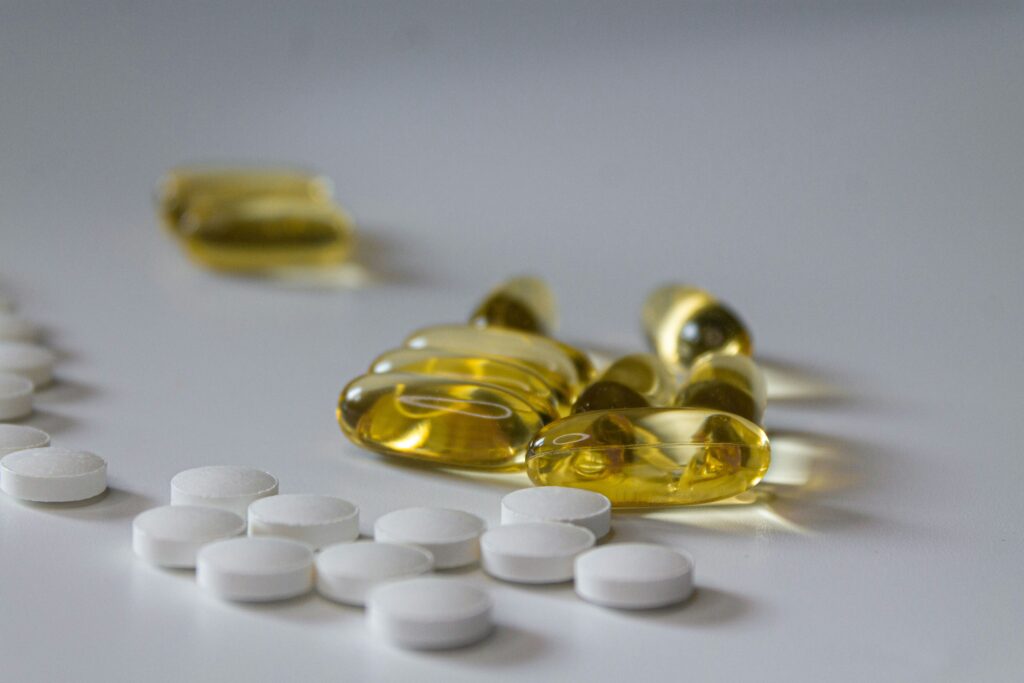Workout Injury Recovery Strategies for Quicker Healing and Return to Training

Suffering a workout injury can be discouraging, especially if you’re committed to a fitness routine. Whether you’ve strained a muscle, sprained a joint, or developed overuse pain, the key to a full recovery is understanding how your body heals and supporting it at every stage. By taking the right steps and using effective recovery tools, you can reduce downtime, prevent reinjury, and come back stronger than before. Below, we’ll break down science-backed recovery strategies along with helpful products that can support each phase.
Understand Your Injury Before Jumping Into Recovery
One of the biggest mistakes people make is rushing into a recovery plan without understanding what kind of injury they’ve experienced. As always, it is best to check with your physician to ensure your injury is properly treated.
- Acute injuries happen suddenly, like sprains, strains, or tears.
- Chronic injuries develop over time, often from overuse, poor form, or insufficient recovery.
- Soft tissue injuries involve muscles, tendons, or ligaments.
- Joint injuries may involve cartilage, joint capsules, or surrounding tissues.
If the area is swollen, bruised, or painful to move, take it seriously. Don’t assume it will go away on its own. Use the first 48 to 72 hours wisely, as this is the window where early treatment can prevent long-term damage.
Step 1: Control Swelling and Reduce Pain
For most soft-tissue injuries, the RICE method is the gold standard early on:
Rest
Limit movement in the injured area to avoid further damage. That doesn’t mean staying in bed; simply avoid activities that aggravate the injury.
Ice
Applying cold reduces inflammation and slows blood flow to the injured site. Use it for 15 to 20 minutes every 2 to 3 hours.
Try this:
Revix Reusable Gel Ice Packs – These come in various sizes and stay cold longer than basic packs. Their soft fabric backing also prevents ice burns.

Compression
Gentle pressure helps minimize swelling and provides structural support.
One favorite:
PowerLix Compression Sleeves – Designed for knees, elbows, and ankles, these provide breathable yet firm compression ideal for both injury recovery and mild joint pain relief.
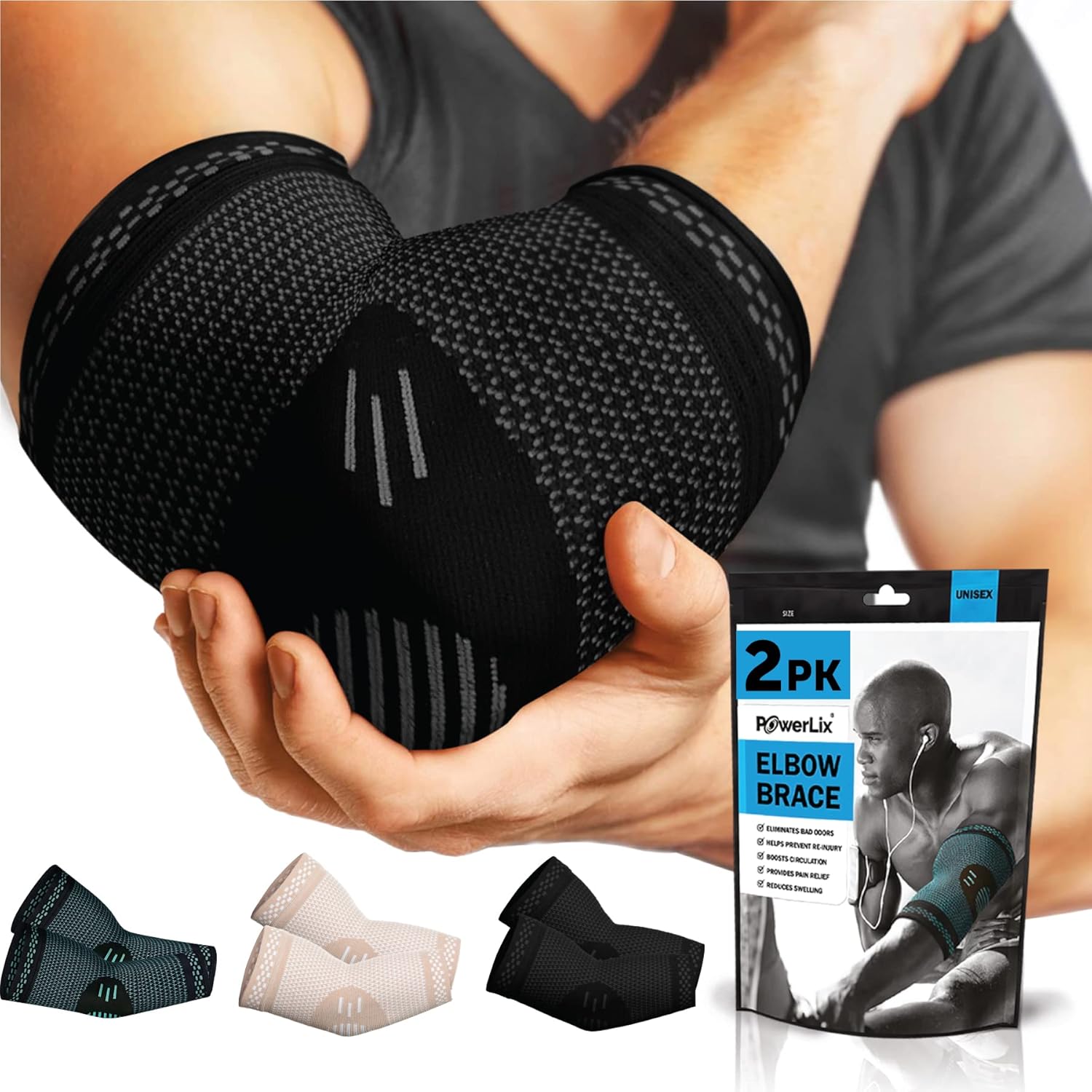
Elevation
Raising the injured body part above the heart helps fluids drain and reduces swelling. Use pillows or folded blankets to elevate comfortably during rest or sleep.
Step 2: Nourish Your Recovery from the Inside
Your body needs more than time to heal — it needs building blocks to repair damaged tissue. The following nutrients play a central role:
- Protein: Essential for muscle and connective tissue repair.
- Vitamin C: Supports collagen production and immune response.
- Zinc: Helps cells regenerate.
- Omega-3 fatty acids: Reduce inflammation and support healing.
- Collagen peptides: Supply amino acids for tendons, ligaments, and cartilage.
Some great examples of recovery supplements:
- Vital Proteins Collagen Peptides – Sourced from grass-fed bovine collagen, this dissolves easily in hot or cold liquids and promotes joint, skin, and muscle repair.
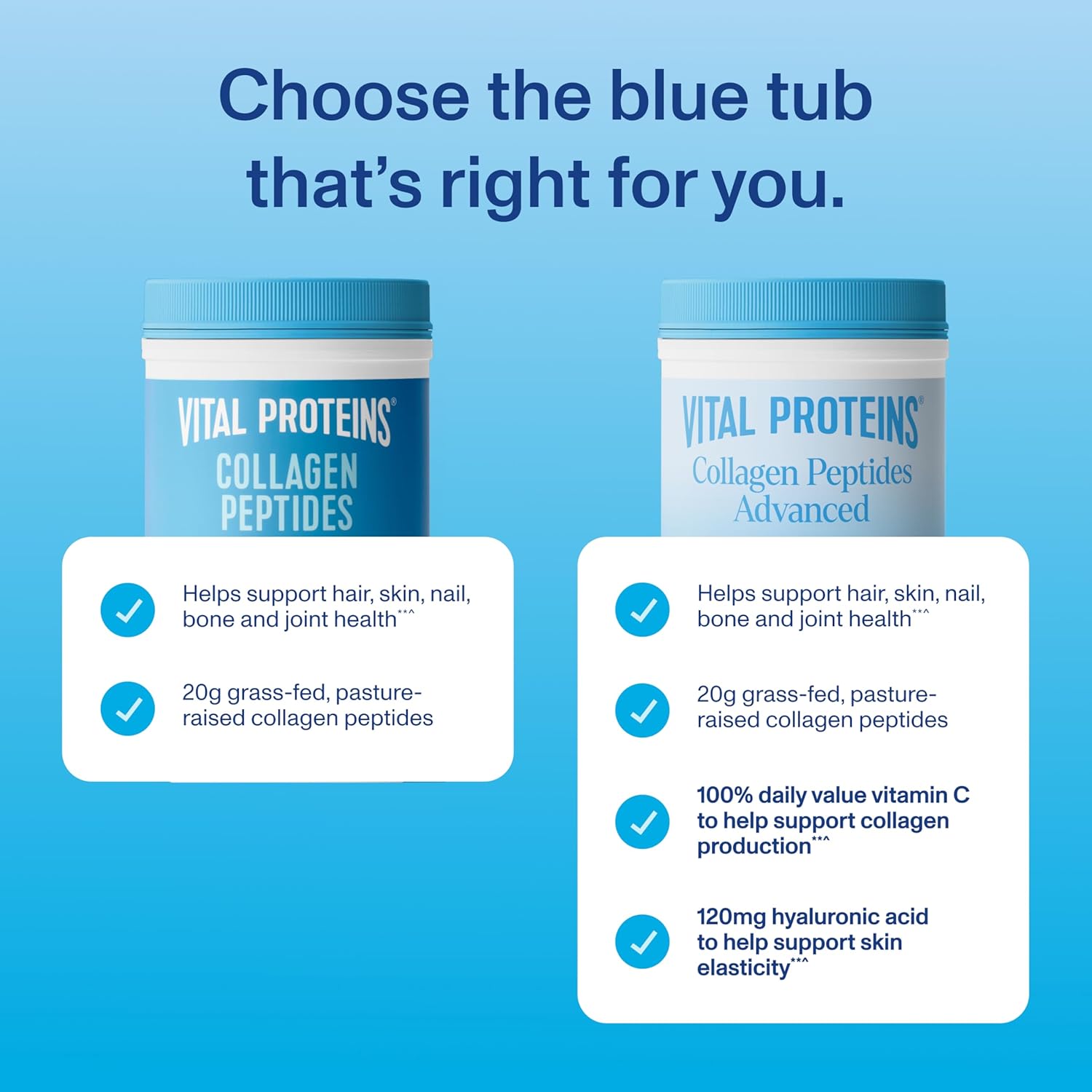
- Garden of Life Sport Organic Protein Powder – A clean, plant-based blend ideal for post-injury support, especially for vegans or those avoiding dairy.

- Nature Made Omega-3 Fish Oil – A trusted brand offering high-quality softgels to help manage joint inflammation.
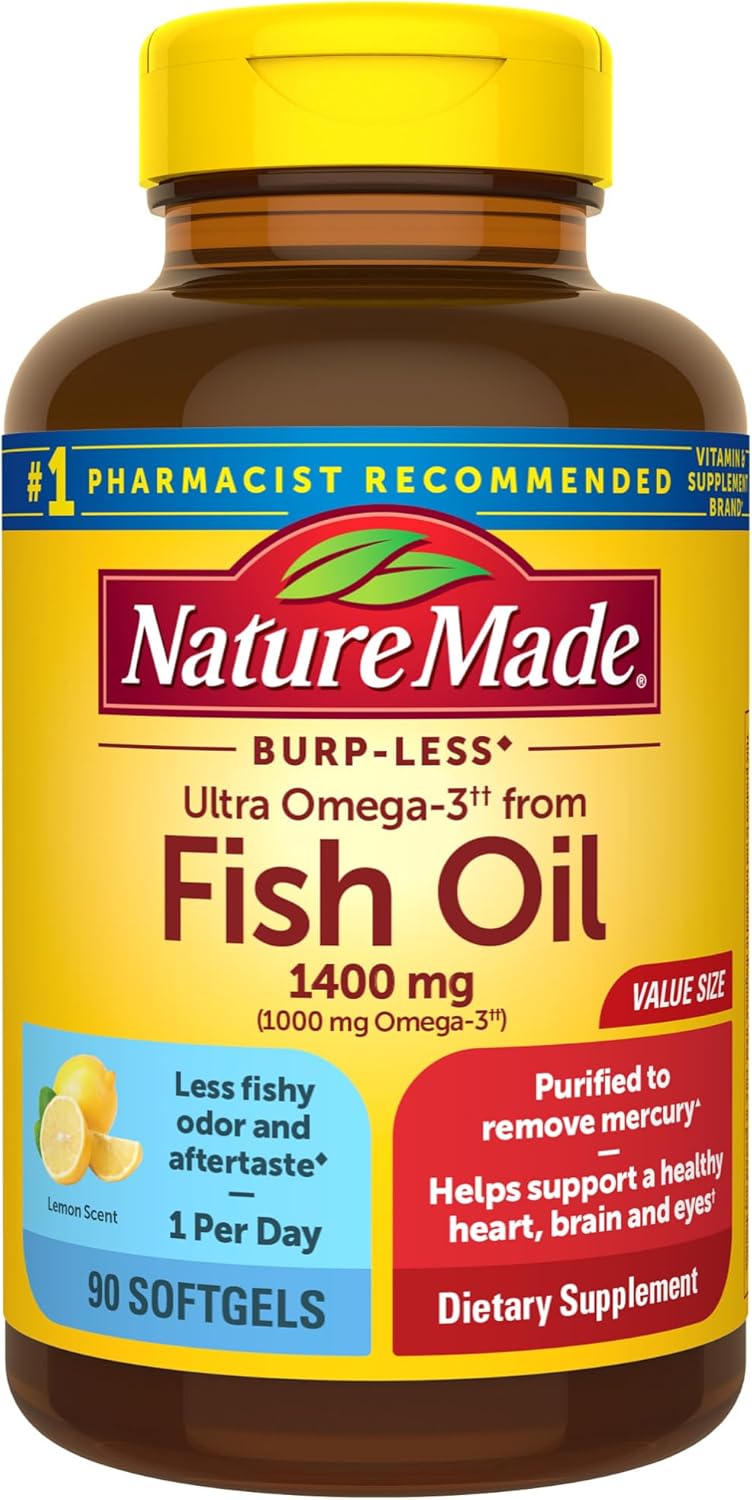
- NOW Vitamin C-1000 with Bioflavonoids – A solid daily supplement to boost tissue healing and immune response.

Step 3: Start Gentle Movement and Mobility Work
After the acute pain and swelling resolve (typically 3 to 5 days post-injury), begin incorporating light mobility work to encourage blood flow and prevent stiffness.
Why active recovery matters:
- Increases circulation to the injured area.
- Prevents scar tissue buildup.
- Restores range of motion and flexibility.
- Reduces chances of chronic tightness or reinjury.
Start with passive stretches, gentle joint movements, or low-impact activities like walking, pool exercises, or yoga.
Top recovery tools for mobility:
- TriggerPoint GRID Foam Roller – Its ridged design mimics the feel of a massage therapist’s hands, helping to release knots and promote circulation.

- TheraBand Resistance Bands Set – Excellent for safe strengthening of weakened muscles and regaining control over injured limbs.
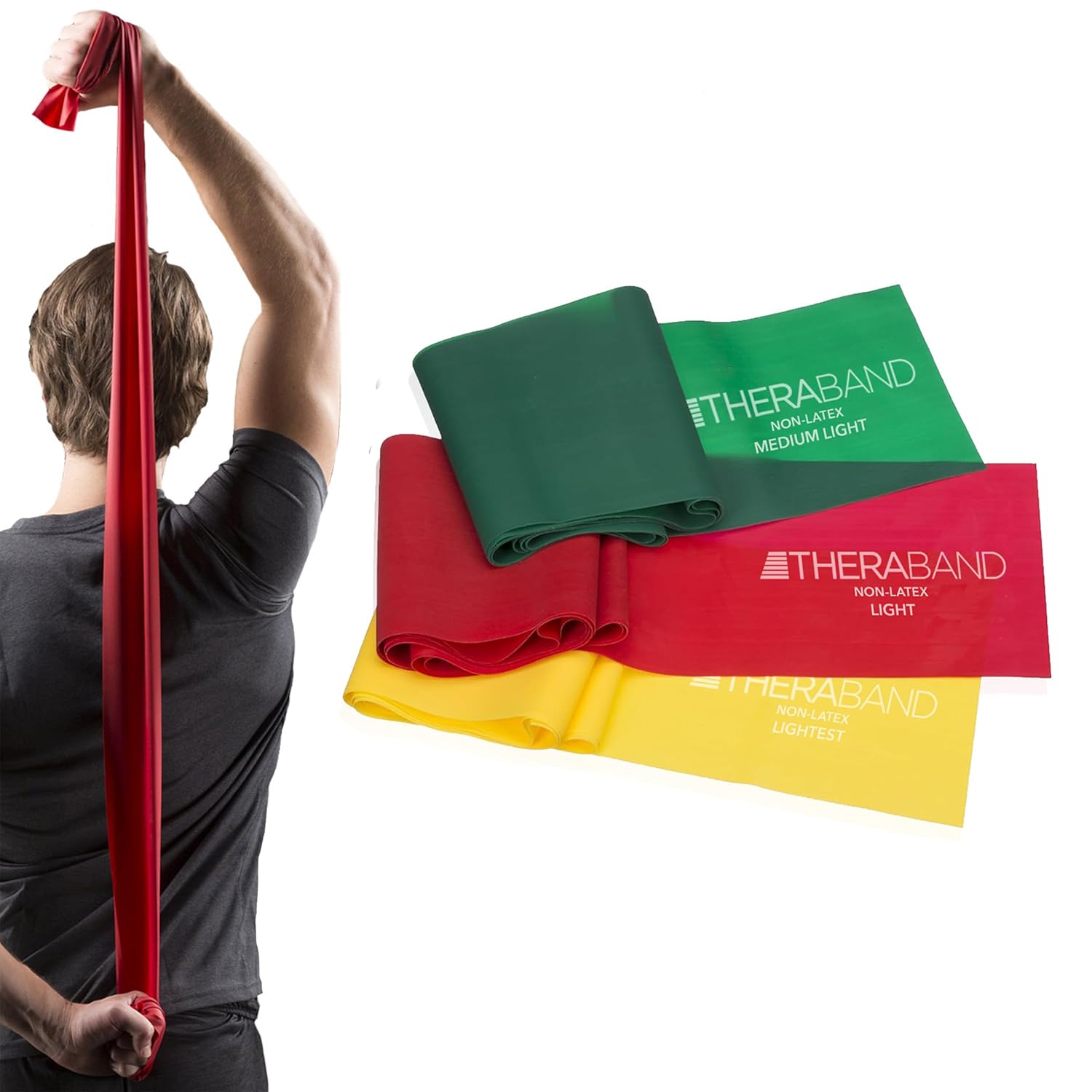
- ProSourceFit Acupressure Mat Set – Helps relieve tension and stimulate blood flow to tight areas through hundreds of pressure points.
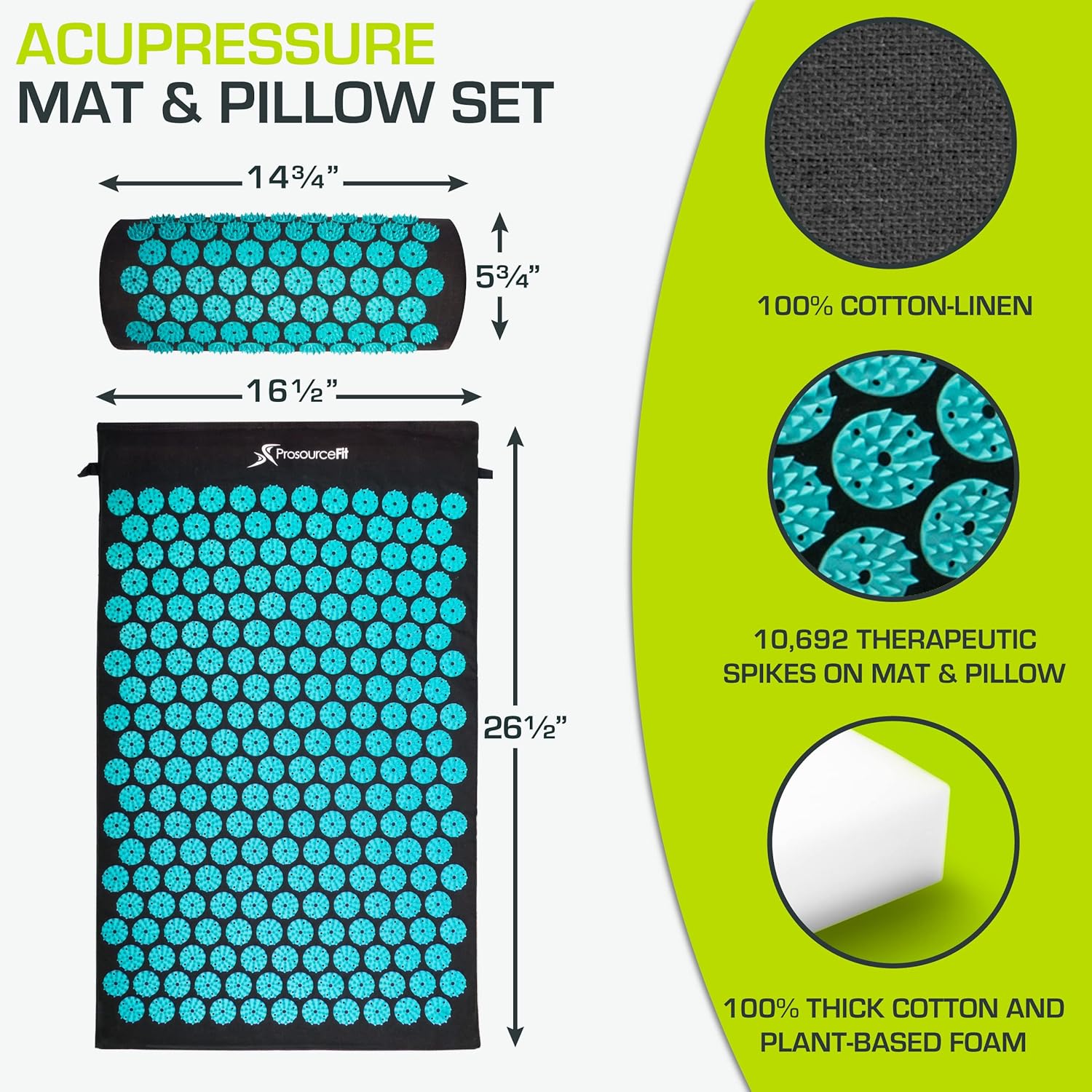
Step 4: Improve Sleep for Maximum Tissue Repair
Sleep is when the real recovery happens. Deep sleep triggers the release of growth hormone and cellular regeneration — both vital for healing.
Tips to improve sleep quality:
- Avoid screens 1 hour before bed.
- Keep the room cool and dark.
- Use a wind-down routine that includes stretching or meditation.
- Consider natural supplements if pain is interfering with rest.
Products that support better sleep:
- Hatch Restore Smart Sleep Machine – Combines gentle light, white noise, and bedtime routines to help you fall asleep naturally and wake up refreshed.

- ZMA by Optimum Nutrition – Contains zinc, magnesium, and B6, known to support deep sleep and enhance muscle recovery.
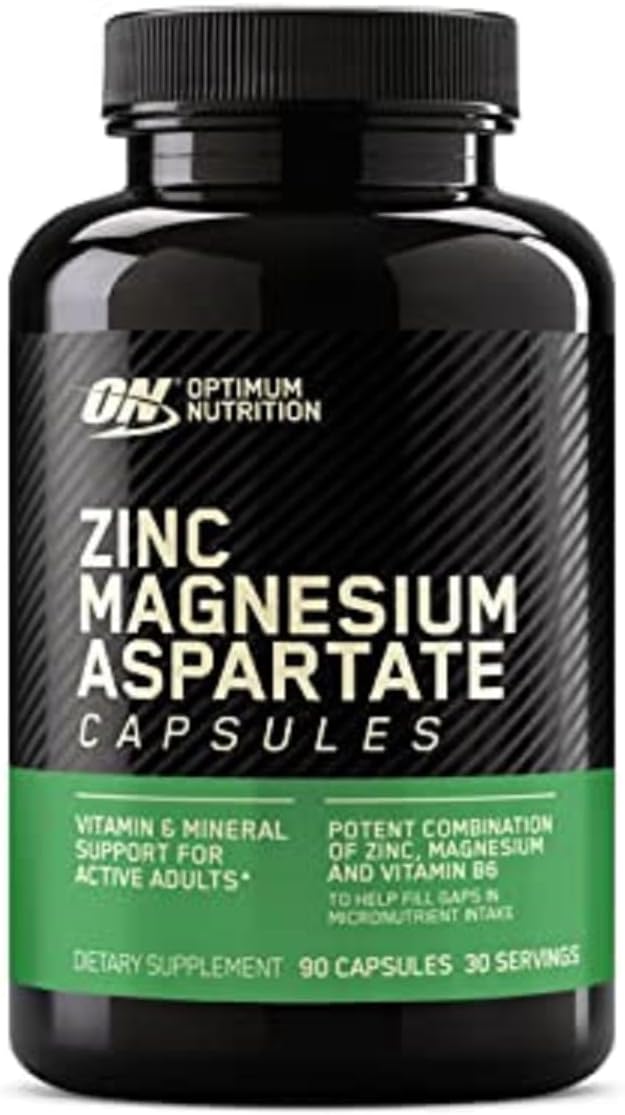
- Manta Sleep Mask – A comfortable blackout mask with adjustable eye cups to block all light and improve REM sleep quality.
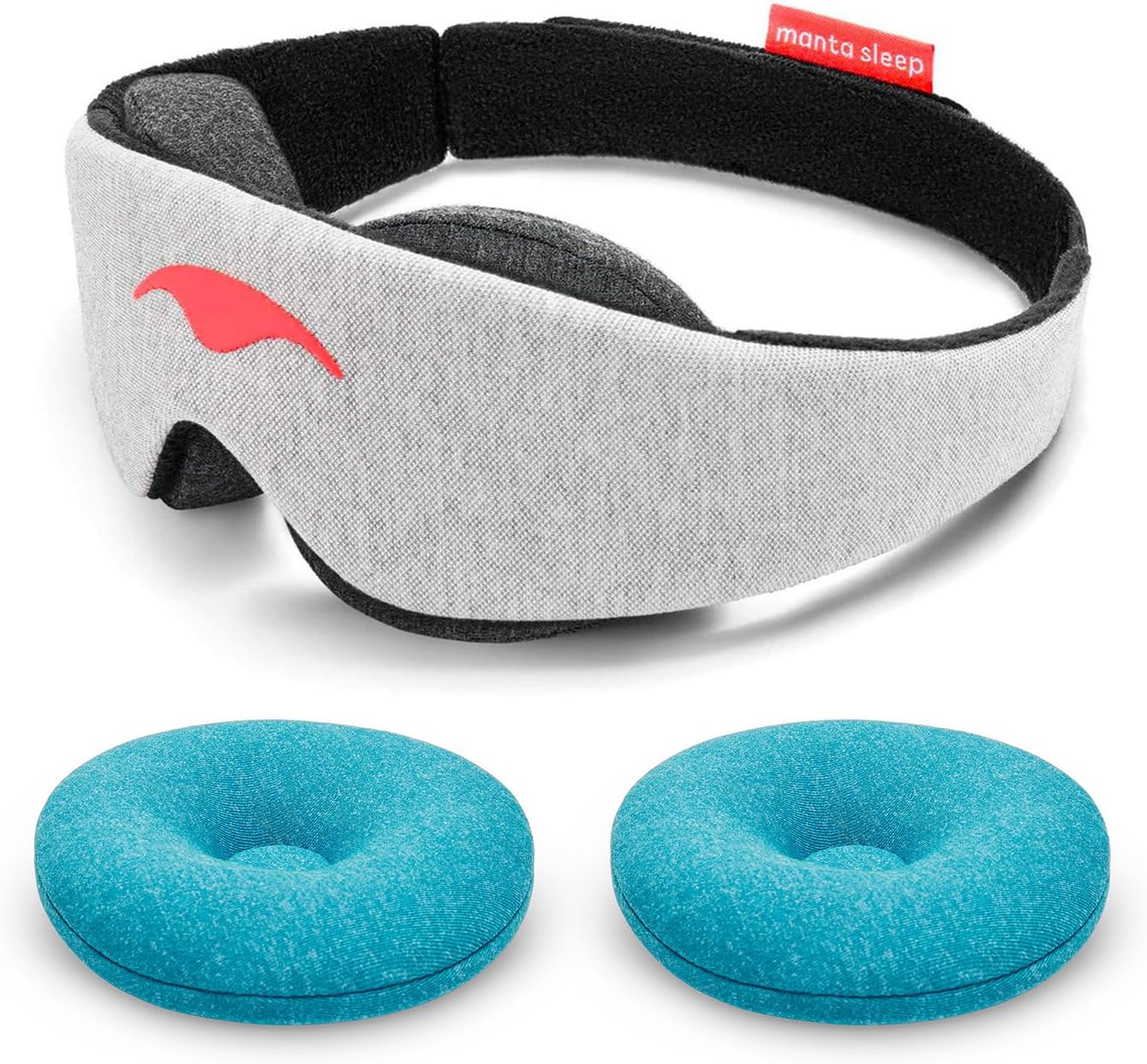
Step 5: Return to Training Cautiously
Once mobility is back and pain is gone, many athletes make the mistake of jumping back into their full routine too quickly. This is when reinjuries are most common.
Smart return-to-training plan:
- Start with bodyweight movements before loading with weights.
- Scale intensity, not just duration.
- Use supportive gear (knee sleeves, braces) during initial sessions.
- Include warmups, cooldowns, and mobility daily.
- Add rest days or active recovery between workouts to monitor your body’s response.
If anything feels off, stop. Lingering pain or instability means the area needs more time or rehabilitation.
Safe and Efficient Recovery
Injuries don’t mean your progress is over. With the right approach, they can become a pivot point in your fitness journey. A solid recovery plan that includes targeted tools, smart supplements, and adequate rest can reduce your downtime and help you return with better awareness, strength, and resilience. Remember: healing isn’t just about fixing what’s broken. It’s about creating a foundation that’s even stronger than before.
Want to ramp up your recovery toolkit? Explore Recovery Essentials Hub for more information and products trusted by athletes and fitness enthusiasts. Your comeback starts today.
This post contains affiliate links. If you click on one and make a purchase, I may earn a commission at no additional cost to you. Rest assured, I only recommend products or services I believe will provide value to my readers.

